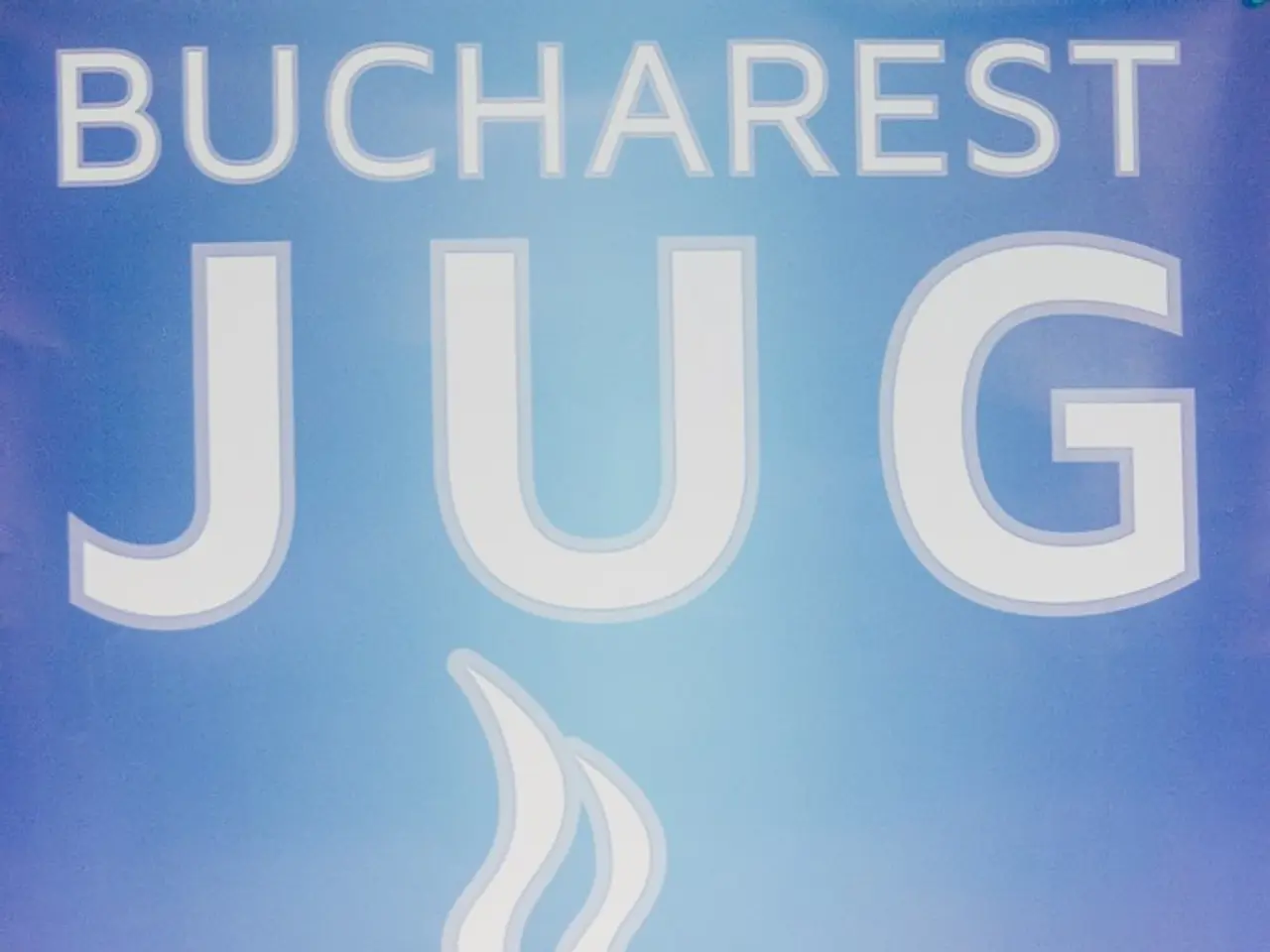BCG Matrix Illustrated: Focus on the Star Performers, or Shed Low-Potential Operations
In the business world, products or services that generate consistent revenue are the lifeblood of any company. These cash cows, as they are often called, are particularly valuable in low-growth markets. Here's how some leading companies have effectively managed their cash cow categories to drive growth and maintain profitability.
McDonald’s, the fast-food giant, has iconic products like the Big Mac and French Fries that serve as cash cows, providing a steady stream of revenue. The company maintains these products with efficient marketing and operational optimization, using the generated cash flow to fund growth in new areas like McCafé. They also strategically manage and phase out underperforming products to keep a balanced portfolio [1].
Hindustan Unilever (HUL), a multinational consumer goods company, manages established brands such as Lifebuoy, Surf Excel, and Pond’s as cash cows. They use product innovation and selective divestment to sustain profitability, while investing in growing brands and minimizing investments in underperforming SKUs, ensuring portfolio health [1].
Coca-Cola's classic product, Coca-Cola Classic, is a classic cash cow that continues to generate predictable profits. The company uses this stable revenue to invest in developing newer health-focused beverages, balancing sustaining mature products with innovation-driven growth [1].
Coway, a South Korean company primarily known for its water purifiers, has successfully established the BEREX brand for sleep and relaxation products. This strategic move demonstrates deliberate management of core cash cow segments while creating new product lines to expand growth opportunities [2].
These companies employ strategic resource allocation, maintaining marketing and operational efficiency for cash cows to protect profitability, while investing in higher-growth categories for future expansion. This integrated approach helps sustain mature cash cows while driving overall portfolio growth [1][4].
Cash cows, being products with a high market share in a low-growth market, typically require a lower investment compared to other categories. However, companies still need to invest in cash cows, albeit at relatively small costs for marketing and promotion. The strategy for the cash cow category is usually to maintain the current market position, as the market for cash cows is entering a downward phase [3].
Investors often favor cash cows because they are more likely to generate continuous dividends. Despite this, investing heavily in the cash cow category is an expensive and unsuccessful strategy, as cash cows might remain in the maturity stage for years before declining. If a new substitute is successful, the cash cow product life cycle will be shorter, reducing its financial returns [3].
The shorter the maturity phase, the less time the company can extract cash from the cash cow category. Tech companies like Facebook acquire other companies to support long-term growth and benefit from synergies, using cash flow from cash cows to support this expansion [3].
In conclusion, managing cash cow categories effectively is crucial for any company looking to sustain growth and profitability. By maintaining efficiency, investing strategically, and diversifying product lines, companies can ensure a balanced portfolio and long-term success.
References: [1] BCG, 2019. The BCG Growth-Share Matrix. [Online] Available at: https://www.bcg.com/en-gb/publications/2019/bcg-growth-share-matrix
[2] Coway, 2021. Coway. [Online] Available at: https://www.coway.com/en-us/
[3] Investopedia, 2021. Cash Cow. [Online] Available at: https://www.investopedia.com/terms/c/cashcow.asp
[4] McKinsey & Company, 2021. What is the BCG matrix? [Online] Available at: https://www.mckinsey.com/business-functions/strategy-and-corporate-finance/our-insights/what-is-the-bcg-matrix
McDonald’s leverages efficient marketing and operational optimization to protect the profitability of cash cow products like the Big Mac and French Fries, funneling the generated cash flow into growth ventures such as McCafé.
Hindustan Unilever sustainably manages established brands such as Lifebuoy, Surf Excel, and Pond’s, investing in growing brands and minimizing investments in underperforming SKUs to ensure portfolio health.
![Profit Leading Dairy in BCG Strategy Analysis [Briefly Explained]](/en/content/images/size/w1280/format/webp/20250811071332_bcg-matrix-cash-cow.jpeg)



